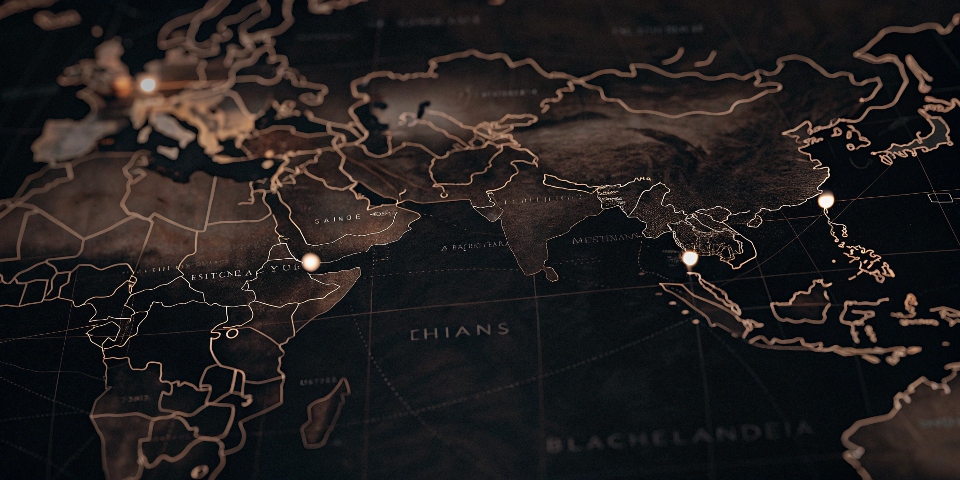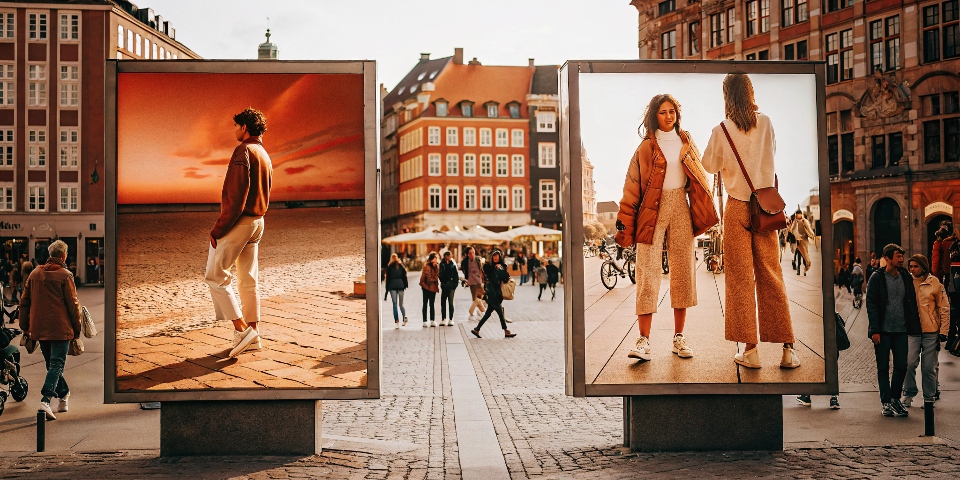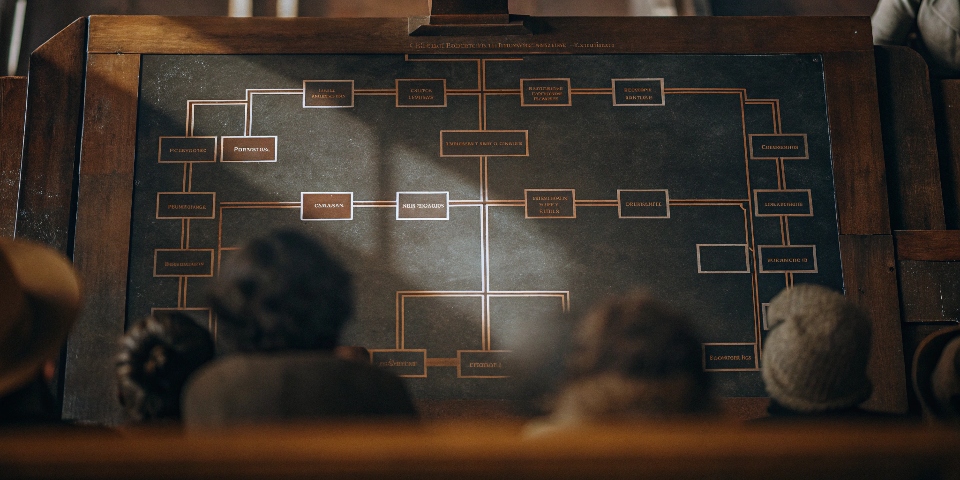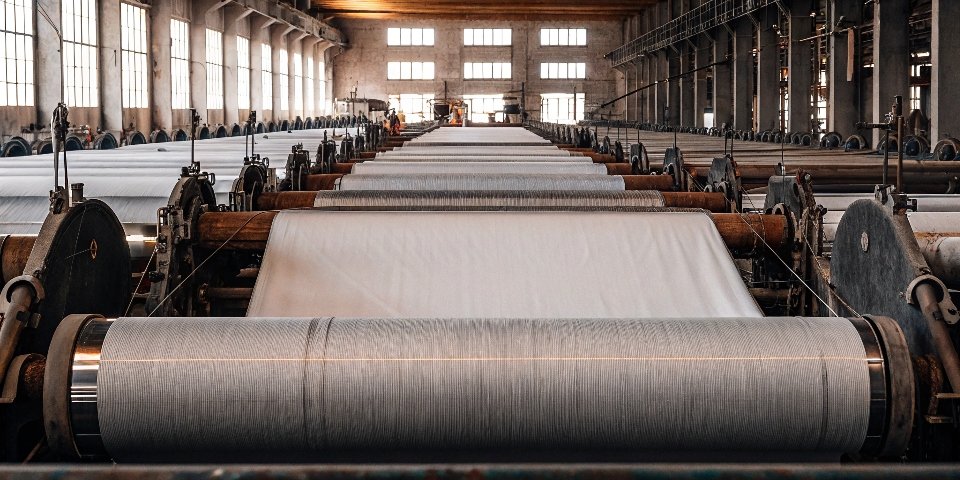You think you know the biggest name in jeans, but the real story is more complex. The difference between a brand and a manufacturer can be confusing, hiding who truly dominates production.
While Levi Strauss & Co. is the world's largest jeans brand by sales, they don't manufacture everything themselves. The title of "largest manufacturer" is complicated, often held by large factory groups in Asia that produce jeans for numerous global brands, not just one.
For over 20 years in my denim factory, DiZNEW, I've seen this distinction firsthand. We produce jeans for established giants and new startups. The name on the label is just the final step in a long, global journey. Understanding who actually cuts, sews, and washes the jeans is a key insight for any designer or brand manager. It helps you understand where the real power and capabilities of the industry are. Let's explore these differences so you can get a clearer picture of the global denim landscape1.
What jeans are manufactured in the USA?
You want to source "Made in the USA2" denim for its quality and story. But you find it's rare and expensive, and you wonder if it's even a viable option.
While most mass-market jeans are made overseas, a niche market for premium "Made in the USA" denim thrives. These jeans are typically made in smaller, specialized factories in Los Angeles, focusing on high-quality, small-batch production.
I often get inquiries from designers like Dean who are passionate about bringing production back to the US. It's a great goal, but it's important to understand the landscape. In the 1970s and 80s, the bulk of American manufacturing moved overseas to reduce costs. Today, "Made in USA" is a premium segment. Los Angeles is the current heart of this industry, home to many small, expert factories that work with high-end brands.
They specialize in selvedge denim and complex washes. The story of Cone Denim's White Oak Plant in North Carolina is a perfect example. For over a century, it was the most famous denim mill in America. When it closed in 2017, it marked the end of an era but also highlighted how specialized US production has become. For a designer, choosing USA manufacturing is a strategic choice that affects everything.
| Aspect | "Made in USA" Characteristics | Implications for a Designer |
|---|---|---|
| Cost | Significantly higher due to labor and regulations. | Results in a higher retail price, targeting a premium customer. |
| Quality | Often very high, with a focus on craftsmanship and details. | Excellent for building a brand based on heritage and quality. |
| Scale | Best for small to medium production runs; not mass-market. | Not suitable for brands needing hundreds of thousands of units. |
| Lead Times | Can be faster and more flexible for domestic brands. | Easier communication and quicker turnaround for samples and production. |
| Marketing | "Made in USA" is a powerful marketing story. | Appeals to customers who value local production and quality. |
What company sells the most jeans in the world?
You see the same big brand names everywhere you go. But who is the undisputed king of sales, and how do they achieve such massive global reach?
Levi Strauss & Co. consistently stands as the company that sells the most jeans globally. Their success is built on a foundation of historical legacy, strong brand identity, and a vast global distribution network.
The answer to this one is clear: Levi's. They are the undeniable leader in terms of global sales. In my business, we see their influence everywhere. But their success isn't just because they make a good product. It is a masterclass in brand building and logistics. First, they have the Historical Legacy. They literally invented the blue jean, and you cannot buy that kind of authenticity.
It gives them a story that no other brand can tell. Second, they have a brilliant Global Supply Chain3. This is the key part. Levi's does not own most of the factories that make their jeans. They partner with a carefully vetted network of factories around the world—in places like Vietnam, Mexico, and Bangladesh—to produce jeans at a massive scale.
This allows them to be flexible and cost-effective. Finally, their Marketing is iconic. They don't just sell pants; they sell the idea of America, rebellion, and classic style. Their size and sales volume come from being a branding and logistics powerhouse, not just a standalone manufacturer.
Who is the world's largest jeans company?
You think the biggest jeans seller is also the biggest company. But what if corporate ownership structures paint a different, more complex picture of the industry?
While Levi's is the largest single jeans brand, large apparel conglomerates like VF Corporation, which owns Lee and Wrangler, are massive players. Defining "largest" depends on if you mean one brand's sales or a parent company's total market power.
This question is more nuanced than it seems. It's about the difference between a brand and a company. While Levi Strauss & Co.4 is a giant, there are other corporate behemoths in the apparel world that own multiple legendary denim brands. The best example is VF Corporation. Many designers are surprised to learn that both Lee and Wrangler, two of the most iconic American denim brands, are owned by the same company.
Their strategy is different from Levi's. Levi's is focused on its main hero brand. VF Corporation's strategy is to own a portfolio of powerful brands across different market segments. This allows them to dominate shelf space and cater to different customers under different names. So, when we talk about the "largest jeans company," we have to be specific.
| Company | Key Denim Brands | Business Strategy |
|---|---|---|
| Levi Strauss & Co. | Levi's, Dockers | Focus on building its primary, iconic hero brand. |
| VF Corporation | Lee, Wrangler | Manage a diverse portfolio of strong, independent brands. |
For a designer like Dean, understanding this means seeing the industry not as a single king, but as a few powerful corporate families, each with its own strategy.
Who produces the most denim?
You focus on brands and factories, but forget where the fabric comes from. Who are the unseen giants that produce the literal foundation of the industry?
The largest denim producers are not jeans brands but massive textile mills. Companies in countries like China, India, Turkey, and Pakistan produce the vast majority of the world's denim fabric, supplying it to clothing manufacturers globally.
This question gets to the very beginning of the supply chain. And the answer is not a brand you would recognize from a store. The companies that produce the most denim fabric are huge, specialized textile mills5. As a factory owner, my relationship with these mills is one of the most critical parts of my business. We don't make the fabric; we buy it in massive rolls and then turn it into jeans. The undisputed leader in production volume is China6.
They have enormous mills that can produce fabric at an incredible scale and low cost. Following them are other textile powerhouses like India and Pakistan, which have very strong cotton industries and large-scale production. And then you have Turkey, which is famous for its high-quality, innovative denim fabrics.
These mills are the engine room of the entire industry. They supply the raw material to factories like mine, which then produce the final garments for brands like Levi's, Lee, or the next hot designer label. They are the invisible giants of the denim world.
Conclusion
The biggest brand name isn't always the biggest manufacturer. The global jeans industry is a complex network of brands, specialized factories, and massive fabric mills all working together to create the clothes we love.
-
Explore the complexities and dynamics of the worldwide denim market. ↩
-
Understand the value and craftsmanship behind American-made denim products. ↩
-
Gain insights into the logistics that enable Levi's to produce jeans at scale. ↩
-
Explore Levi's unique history and brand strategy that solidifies its position in the jeans market. ↩
-
Learn about the key textile mills that supply the denim industry with fabric. ↩
-
Understand the factors that contribute to China's dominance in denim fabric production. ↩











